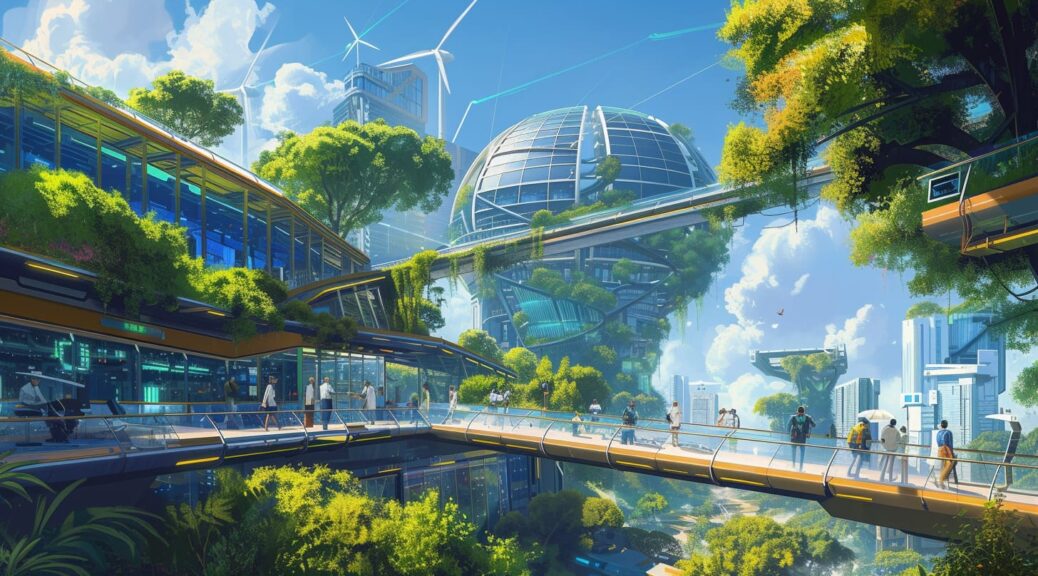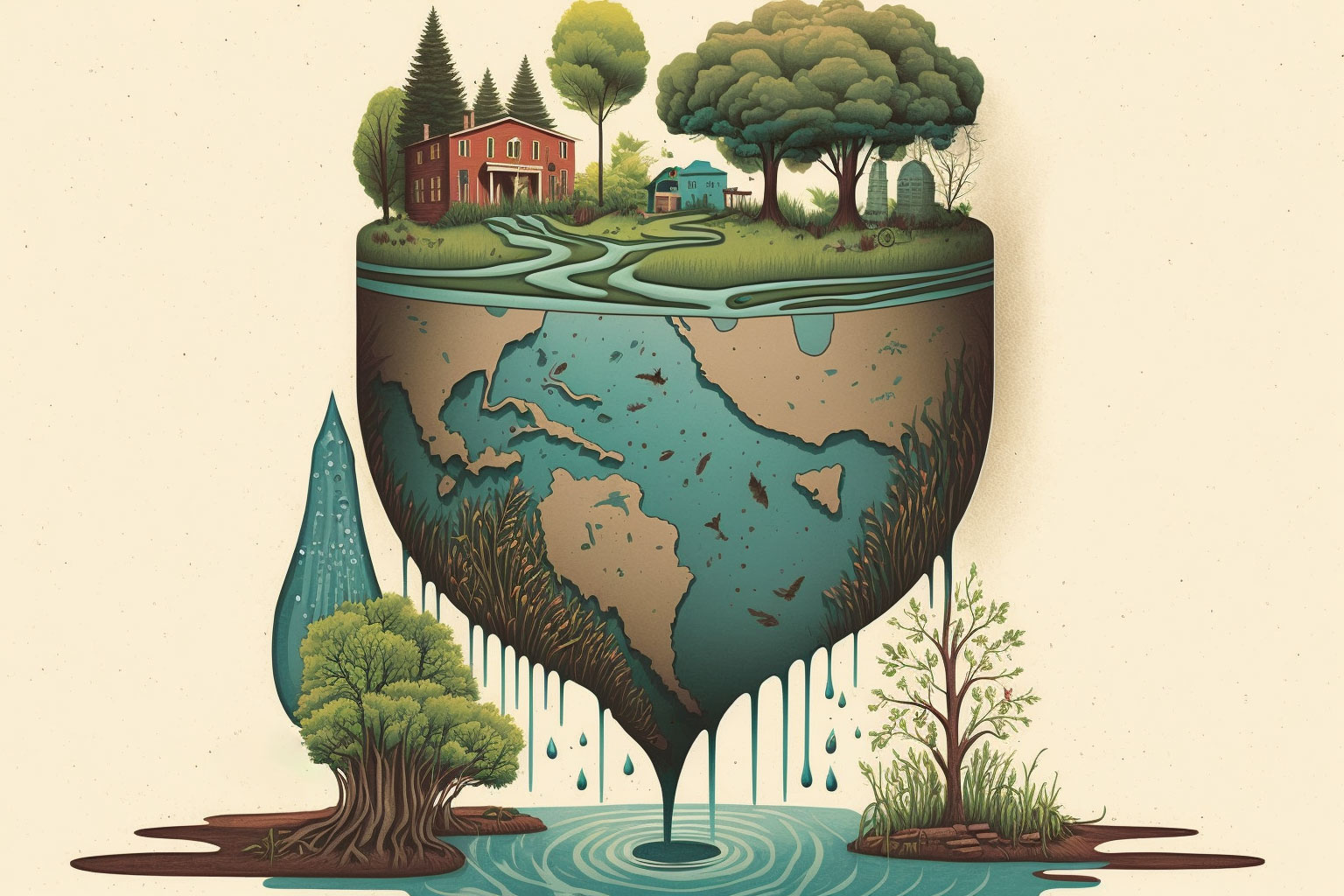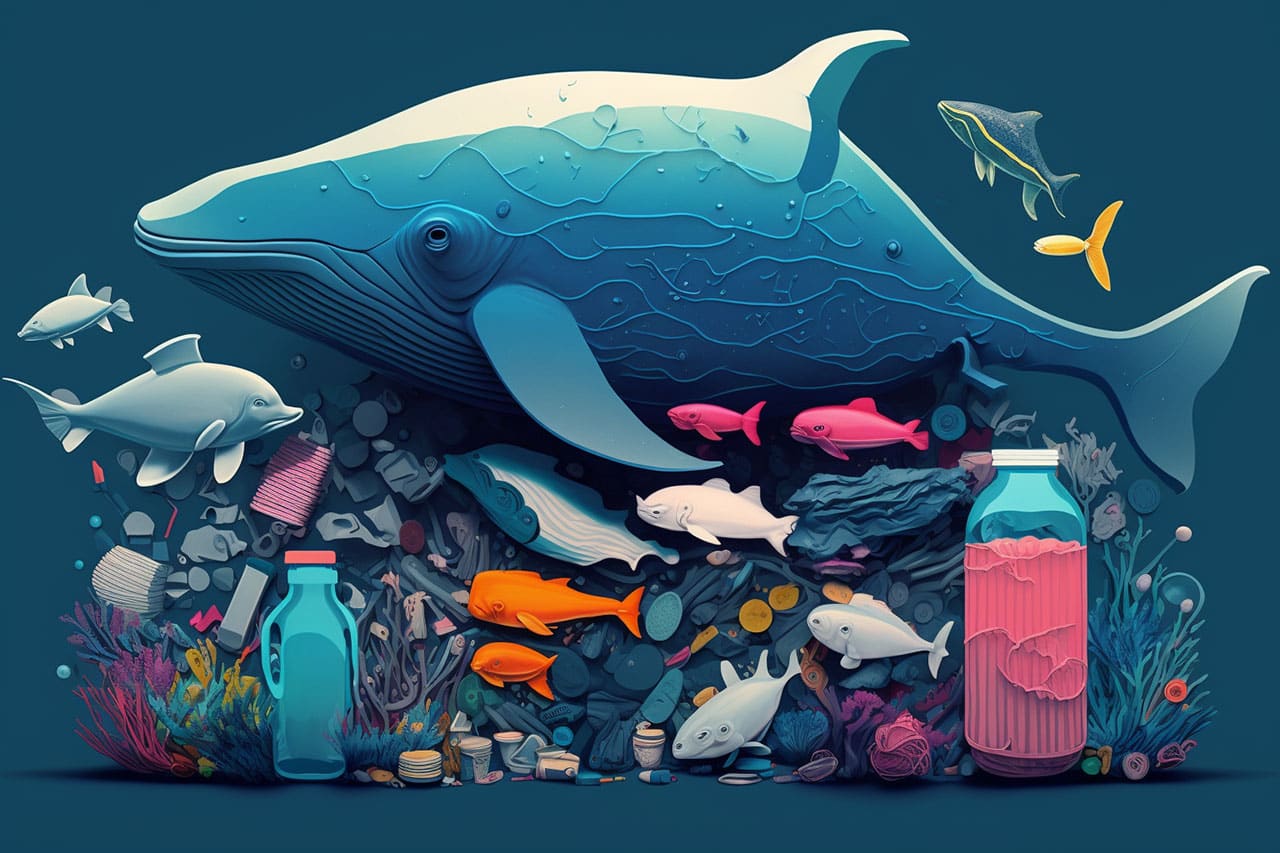Hey there, environmental enthusiasts! Are you ready to dive into the exciting world of renewable energy and sustainability? Buckle up because we’re about to embark on a journey that will save the planet and open up a world of renewable energy careers. So, please grab a cup of coffee (or your preferred sustainable beverage), and let’s get started!
Why Renewable Energy and Sustainability?
You might wonder why we should even bother with renewable energy and sustainability. Well, my friend, the answer is simple – our planet desperately needs our help. Climate change is wreaking havoc, natural resources depleting, and rampant pollution. It’s time for us to step up and make a difference.
But wait, there’s more! Embracing renewable energy and sustainability also opens up a wealth of career opportunities. As the world shifts towards a greener future, the demand for professionals in this field is skyrocketing. From engineers and technicians to project managers and policy analysts, there’s a job for every passion and skill set.
The Green Job Market
Now that you’re eager to jump on board, let’s explore the green job market. The opportunities are vast and varied, so you’re bound to find something that aligns with your interests.
- Renewable Energy Engineer: Fancy designing wind turbines or solar panels? As a renewable energy engineer, you’ll be at the forefront of harnessing clean and limitless energy sources.
- Sustainability Consultant: If you have a knack for problem-solving and a passion for sustainable practices, becoming a sustainability consultant might be your calling. You’ll help organizations reduce their environmental impact and implement eco-friendly strategies.
- Green Building Architect: Want to shape future cities? As a green building architect, you’ll design energy-efficient, environmentally friendly, and aesthetically pleasing structures.
- Environmental Scientist: Dive into the world of research and analysis as an environmental scientist. Your work will contribute to understanding the impact of human activities on the environment and finding solutions to mitigate them.
Getting Started
Ready to kickstart your career in renewable energy and sustainability? Here are a few tips to guide you along the way:
- Educate Yourself: Stay updated on the latest trends and technologies in the field. Attend conferences, workshops, webinars, or online courses to enhance your knowledge.
- Network, Network, Network: Connect with professionals in the industry through LinkedIn, industry events, and professional organizations. Building relationships can lead to job opportunities and mentorship.
- Gain Hands-On Experience: Look for internships or volunteer opportunities that allow you to get your hands dirty and learn on the ground. Practical experience is highly valued in this field.
- Be Adaptable: The renewable energy and sustainability landscape is ever-evolving. Be open to learning new skills and embracing change as it happens.
Making a Difference, One Step at a Time
Remember, my friend, even minor actions can make a big difference. Whether you’re pursuing a career in renewable energy or simply want to adopt sustainable practices in your daily life, you are contributing to a greener future.
So, let’s take a moment to reflect. What steps have you already taken towards sustainability? Have you started composting or switched to energy-efficient light bulbs? Celebrate your efforts and inspire others by sharing your experiences in the comments below.
Together, We Can Make a Change
As we wrap up this journey of exploring renewable energy and sustainability career opportunities, let’s remember we’re all together. By taking action and pursuing green careers, we can create a better future for ourselves and future generations.
So, my dear environmental enthusiasts, let’s join forces, dream big, and power the future with renewable energy and sustainability!
For Further Reading:
- Renewable Energy World – News and Information on Renewable Energy:
- URL: https://www.renewableenergyworld.com/
- Description: Stay informed with the latest news and developments in the renewable energy sector worldwide.
- Sustainable Energy for All (SEforALL):
- URL: https://www.seforall.org/
- Description: Explore initiatives and projects aimed at advancing sustainable energy globally, including efforts to increase access to clean energy.
- The Guardian – Environment (Sustainable Business):
- URL: https://www.theguardian.com/environment/sustainable-business
- Description: Read about the intersection of business and sustainability, including innovative practices and challenges in the green business sector.
- National Geographic – Environment:
- URL: https://www.nationalgeographic.com/environment
- Description: Dive into in-depth articles, stunning photography, and insightful videos covering environmental issues and sustainability topics.
- GreenTech Media:
- URL: https://www.greentechmedia.com/
- Description: Discover the latest in green technology, energy policy, and market trends affecting the renewable energy industry.



